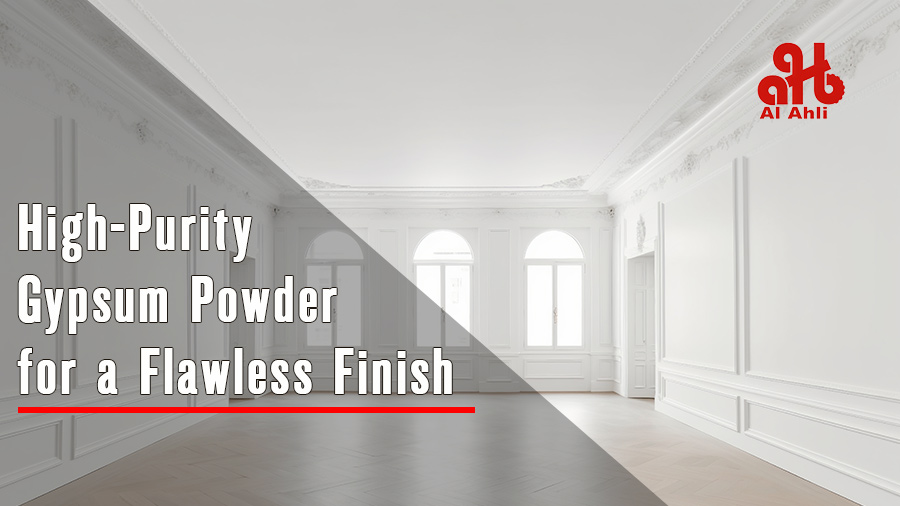Step-by-Step Guide to Using Gypsum Powder for Wall Coating Gypsum powder has become one of the most reliable materials for achieving smooth, durable, and professional wall finishes. Whether you are a contractor or a DIY enthusiast, gypsum plaster provides the ideal blend of workability, strength, and aesthetic quality. It dries...
Fire Resistant Gypsum: How It Protects Homes and Buildings
Why Fire Resistant Gypsum Matters in Modern Construction Fire safety is one of the most important considerations in any home or commercial building. Even a small fire can spread rapidly when walls and ceilings are made from materials that burn easily. This is why gypsum-based products—such as gypsum powder, gypsum...
How Gypsum Enhances Bonding and Durability in Wall Plastering
How Gypsum Improves Bonding and Durability When walls crack, peel, or lose strength over time, the root cause is often weak bonding between plaster and the surface. This is where gypsum powder stands out as a game-changing solution. Thanks to its fine consistency, natural setting behavior, and high adhesive capability,...
Top 10 Benefits of Using White Gypsum Powder for Decoration
Why White Gypsum Powder Matters Interior decoration has evolved dramatically in recent years, with homeowners and designers seeking materials that offer beauty, durability, and ease of application. Among all finishing materials, white gypsum powder stands out as a premium choice that delivers exceptional smoothness and versatility. Whether you are upgrading...
How to Mix Gypsum Powder and Water for the Perfect Plaster
How to Mix Gypsum Powder: Why Mixing Matters When it comes to interior finishing, gypsum plaster stands out as one of the smoothest, most durable, and aesthetically pleasing materials available. Whether you’re a professional contractor or a DIY enthusiast, achieving the perfect mix of gypsum powder and water is crucial...
Fine Gypsum Powder for GRG Moldings & Elegant Interiors
Gypsum Powder for GRG Moldings In modern interior design, Gypsum Reinforced Glass (GRG) has become a preferred material for creating artistic ceilings, intricate wall panels, and decorative cornices. What many designers and contractors overlook, however, is that the quality of gypsum powder used plays a vital role in the outcome....
Crack-Free Walls & Ceilings with Quality Gypsum
Crack-Free Walls & Ceilings Few things ruin the beauty of a freshly finished wall faster than cracks. They may start as thin lines, but over time, they expand, collect dust, and make even the most elegant interiors look old and poorly maintained. The truth is, cracks are not just cosmetic...
High-Purity Gypsum Powder for a Flawless Finish
Why High-Purity Gypsum Powder Ensures a Perfect Finish When it comes to achieving a perfect wall or ceiling finish, not all gypsum powders are created equal. The quality of the gypsum — especially its purity and fineness — determines how smooth, durable, and beautiful the final result will be. Builders,...
Maintenance Tips for Gypsum Decoration in Humid UAE Climate
Gypsum Decoration in Humid Climate Gypsum is one of the most popular materials in interior design across the UAE — loved for its smooth texture, elegant appearance, and versatility. From decorative ceilings to wall panels and cornices, gypsum adds sophistication to homes, offices, and hotels. However, the humid climate of...
Gypsum for Commercial Spaces
Gypsum for Commercial Spaces: Offices, Restaurants & Showrooms When people think of gypsum, they often imagine elegant home interiors. But in reality, gypsum is one of the most powerful tools in commercial interior design. From high-end restaurants in Dubai to bustling offices in Abu Dhabi and luxurious showrooms across the...











